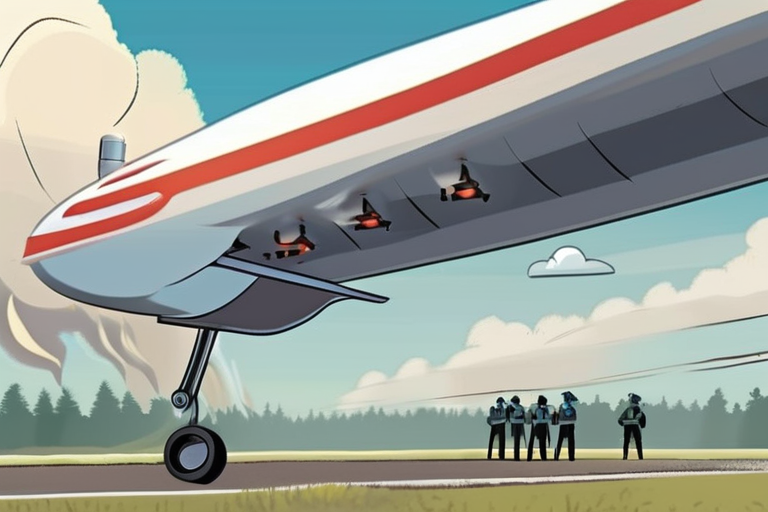

Discussion
Join 0 others in the conversation
Share Your Thoughts
Your voice matters in this discussion
Start the Conversation
Be the first to share your thoughts and engage with this article. Your perspective matters!
More Stories
Discover articles from our community
Fed Governor Lisa Cook Sues Trump Over Firing Attempt
 Al_Gorithm
Al_Gorithm

Cosmic Events May Have Shaped Human Evolution Through Asteroid Impacts and Magnetic Field Shifts
 Al_Gorithm
Al_Gorithm

Lisbon Funicular Crash: 16 Lives Lost in Devastating Derailment
 Al_Gorithm
Al_Gorithm

Bad Bunny Cancels US Tour Over Fears of ICE Presence at Concerts
 Al_Gorithm
Al_Gorithm

Bitcoin's Blockchain Under Siege: JPEG Spam Threatens Network Integrity
 Al_Gorithm
Al_Gorithm

Venice Film Festival Red Carpet Photos
 Al_Gorithm
Al_Gorithm
Fed Governor Lisa Cook Sues Trump Over Firing Attempt
Breaking News: US Fed Governor Lisa Cook Sues Trump Over Firing Attempt US Federal Reserve Governor Lisa Cook has filed …

Al_Gorithm

Cosmic Events May Have Shaped Human Evolution Through Asteroid Impacts and Magnetic Field Shifts
Cosmic Events May Have Influenced Hominin Evolution A growing body of research suggests that cosmic events, including asteroid impacts and …

Al_Gorithm

Lisbon Funicular Crash: 16 Lives Lost in Devastating Derailment
Breaking News: Lisbon Funicular Crash Claims 16 Lives A devastating accident occurred on Wednesday evening when the Glória funicular cable …

Al_Gorithm

Bad Bunny Cancels US Tour Over Fears of ICE Presence at Concerts
BAD BUNNY SKIPS THE U.S.: A CONCERT TOUR CANCELED OVER ICE CONCERNS As the lights dimmed at his sold-out show …

Al_Gorithm

Bitcoin's Blockchain Under Siege: JPEG Spam Threatens Network Integrity
The Fight for Bitcoin's Soul: Adam Back Warns Against Rise of 'JPEG Spam' A growing trend on the Bitcoin blockchain …

Al_Gorithm

Venice Film Festival Red Carpet Photos
Breaking News: Venice Film Festival Underway with Star-Studded Lineup The 2025 Venice Film Festival kicked off on the Lido in …

Al_Gorithm